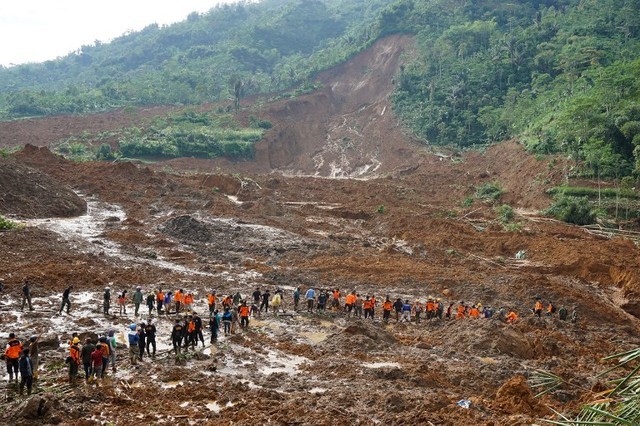
The Nepal-based rabbi who has been a driving force in search and rescue is making daily visits to rows of bodies in a village near Kathmandu, expecting to discover more Jewish dead.
When the body of Or Asraf, the only Israeli fatality in the quake, was finally retrieved on Sunday, it was widely believed that all Jews missing in the quake have been accounted for. But Rabbi Chezky Lifshitz, director of Nepal Chabad, has serious doubts.
“We have already found some bodies with Jewish names in Langtang,” he reported. “We don’t know if they are Jewish, but we’re checking.”
He visits the rows of bodies that are outdoors in the notoriously tragic Langtang village because he thinks there is a high chance that families of missing Jews from Europe or America may not have contacted him or another Jewish organization.
He also thinks that information does not always flow correctly, even if details of religious persuasion have been reported by families to national authorities. He said that on Tuesday, he informed the German embassy of three Germans whom he had identified in his searching — and found that they were not actually considered missing.
Lifshitz examines the bodies of foreigners, which are usually separated out from Nepalese, and looks for names on documentation in wallets. Looking at facial features has become less relevant as time goes by. “It’s difficult after five or six days to see something like this [facial features],” he said.
As Lifshitz searched for more Jewish dead this week, Israeli backpackers were trying to absorb the news that Asraf has been confirmed dead. “It could have been me,” said Iyyar Schwartz, a 25-year-old who is finishing an eight-month stint travelling. “I also did that trek, and I know the area where he was.”
She said that alongside the sense of tragedy, there is a feeling of thankfulness that the body was retrieved. “On the one hand it feels awful, but on the other hand we feel relieved that there’s a body to bury,” she said.
Israelis like Schwartz are grappling with what has happened around them. “People basically want to get out now and don’t know what to feel,” she said, as she departed Kathmandu, cutting her time in Nepal short and heading to Thailand. “I can’t believe that the village I stayed in doesn’t exist anymore and the people I met are probably not alive.”
Signs of the earthquake are visible everywhere in Kathmandu, with piles of rubble and collapsed buildings, and some of them are particularly haunting. At one building, rooms and even furniture are visible from the front, as part of the building collapsed while another part was left intact. Locals can be seen sorting through the rubble there for their family’s belongings. They say that some 27 people died there.
Ashraf’s body was found on a ridge following a complicated search operation by the Israelife Joint Disaster Response Team, which consists of volunteers from ZAKA, United Hatzolah and F.I.R.S.T. The team searched by foot through difficult terrain, in danger of mudslides, avalanches and rock falls.
Eli Beer, founder of the Israelife Foundation and president of United Hatzolah, said: “We are very sad that our mission has ended in this way. Throughout all the days of the search, we remained hopeful that we would find Or alive and bring him home to his family. Unfortunately, despite our efforts, we found Or when he was no longer alive. We find some comfort in the fact that, as a result of the efforts of our volunteers, Or will be brought to burial in Israel.”
Wednesday 6 May 2015
http://www.thejewishweek.com/news/international/nepal-rabbis-sad-search-continues
continue reading




